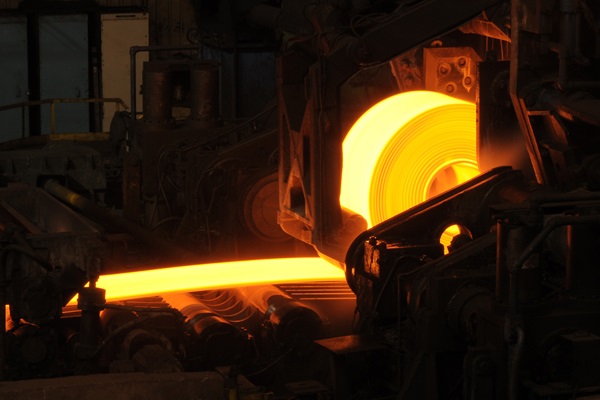.png)

Ajay Srivastava, founder of Global Trade Research Initiative, is an ex-Indian Trade Service officer with expertise in WTO and FTA negotiations.
June 1, 2025 at 8:31 AM IST
US President Donald Trump’s latest tariff move may land hard on Indian metal producers. Starting June 4, US tariffs on steel and aluminium imports will double from 25% to 50%. The move directly threatens India's $4.56 billion worth of exports to the US across these sectors.
India’s shipments of iron and steel, aluminium, and related products will now face sharply higher costs entering the US market. In 2024–25, India exported $587.5 million in iron and steel, $3.1 billion in articles of iron or steel, and $860 million in aluminium and related goods to the U.S. Many of these products will now struggle to stay competitive.
India has already notified the World Trade Organization of its right to retaliate over the earlier steel tariffs. With Trump’s escalation, it may soon follow through by raising tariffs on selected US imports. The next few weeks will be crucial in determining whether a fresh trade spat unfolds.
The broader context is Trump’s deepening reliance on tariffs as a political and economic tool. On May 30, he invoked Section 232 of the US Trade Expansion Act of 1962 to justify the new hike, citing national security concerns. He first used this legal pathway in 2018 to impose the original tariffs, later lifting aluminium duties to 25% in February 2025.
Trump’s strategy spans three main legal levers: Section 301 for addressing unfair trade practices, Section 232 for national security-based tariffs, and the International Emergency Economic Powers Act for broad-based emergency measures. The last of these suffered a blow on May 28, when the US Court of International Trade struck down Trump’s so-called “Liberation Day” tariffs, ruling, which was stayed later, that trade deficits do not constitute the “extraordinary threat” required under IEEPA. Still, the court left Section 232 untouched, giving Trump room to escalate tariffs on steel and aluminium.
The impact on US industry will be substantial. American steel prices already top $984 per metric tonne, well above Europe’s $690 and China’s $392. Analysts expect prices to rise to around $1,180. Sectors such as automotive, construction, and manufacturing, which rely heavily on steel and aluminium inputs, will face rising costs. The result: squeezed margins, reduced competitiveness, and likely job losses or inflationary pressures.
Environmental concerns also loom large. Steel and aluminium production are among the world’s most carbon-intensive industries.
While Europe and parts of Asia move towards greener technologies, the US is doubling down on protecting its legacy industries—without any green conditions or climate considerations. The tariff move signals a clear tilt towards economic nationalism, raising new questions about the US commitment to global climate goals.
As the first shipments under the new tariff regime land in US ports in the coming weeks, Indian policymakers and exporters will be watching closely. The tariff fight is back—and this time, India’s metal trade stands directly in the crossfire.




